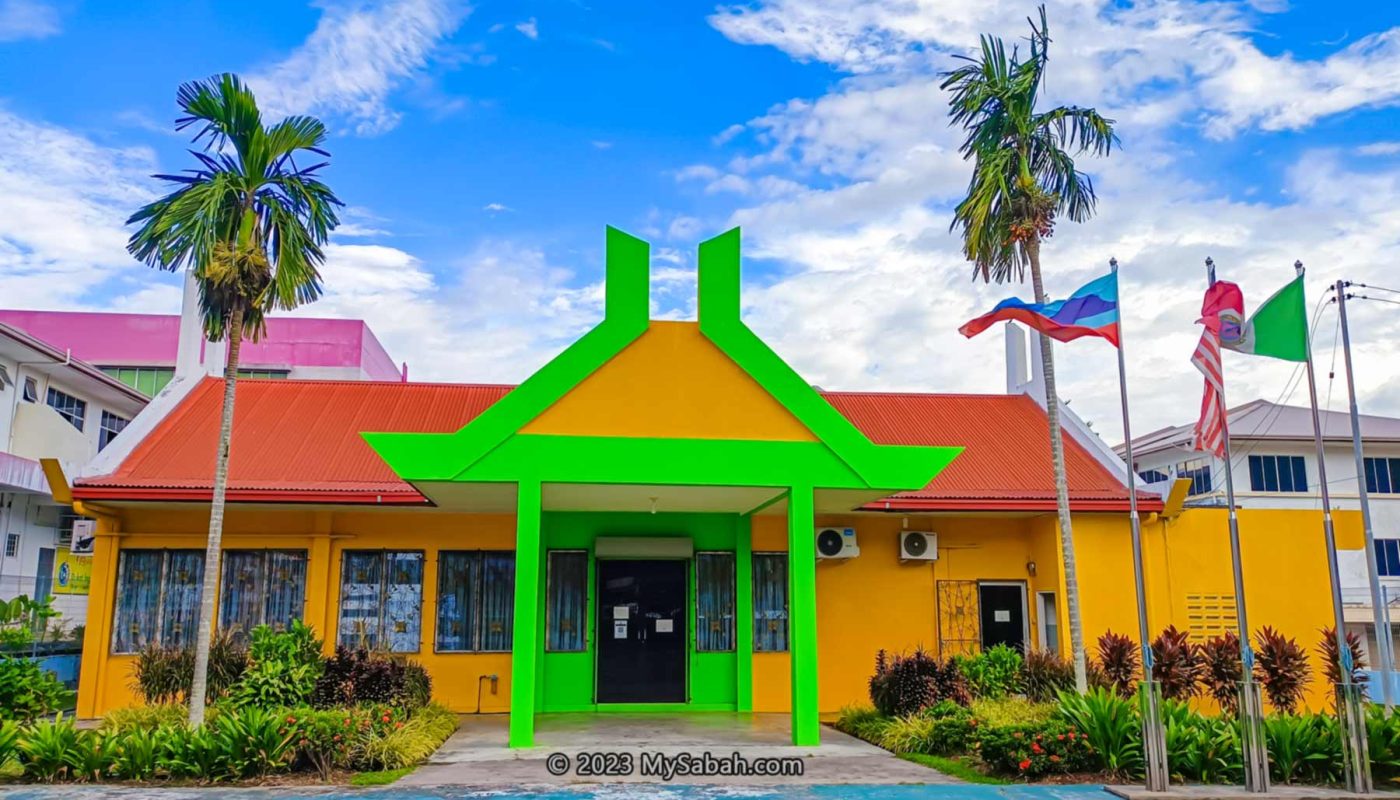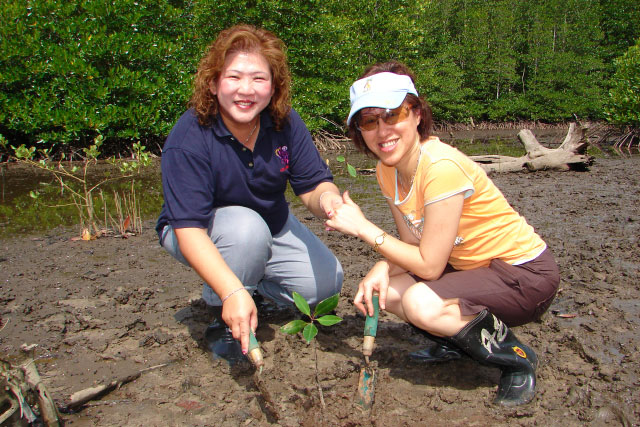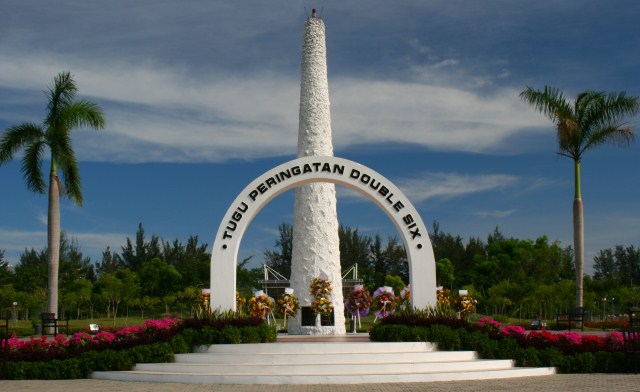Tenom, nestled in the rustic interior of Sabah, serves as the terminus for Borneo’s railway, and is renowned for the beloved Tenom Coffee, a favorite among both Sabahans and tourists. Interestingly, both the coffee and the railway have roots dating back to the colonial era, introduced by the British over a century ago.
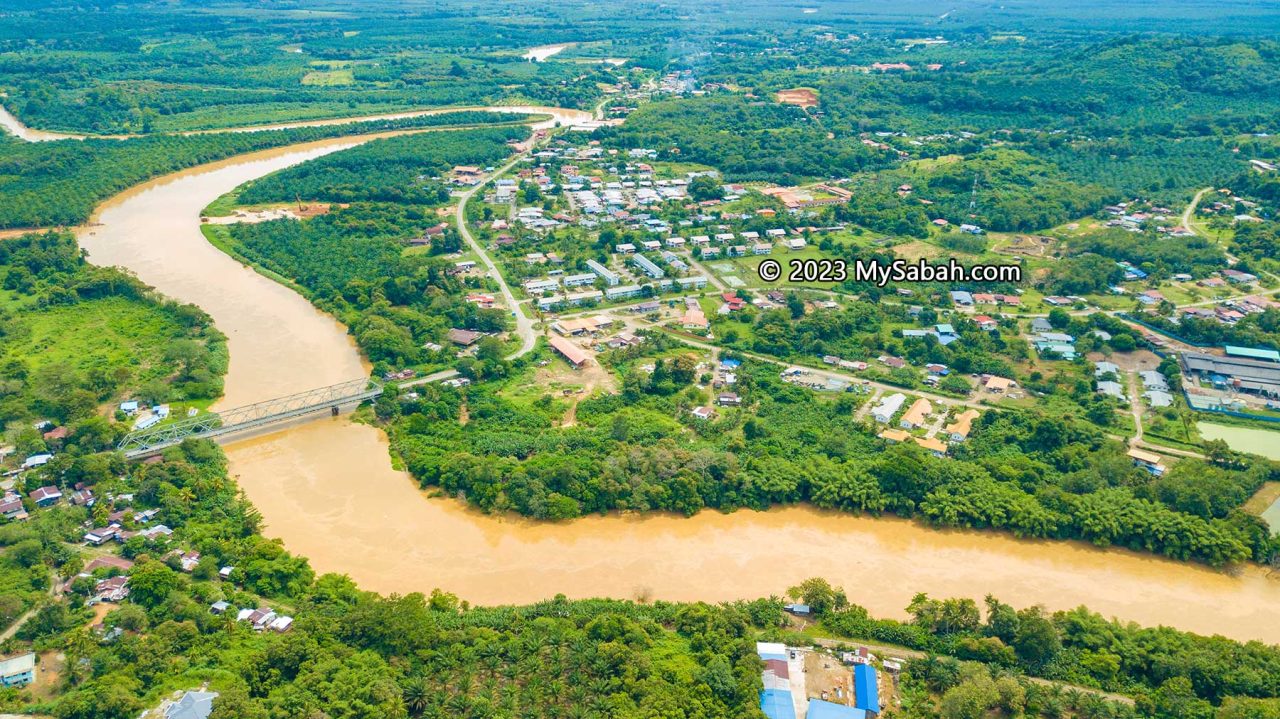
Before the British arrived, Tenom was merely a burial ground along a stream at Padas River, known to the Murut villagers as “Tanam.” Recognizing the fertility of the alluvial soil left by the river’s floods, the British “tanam” (means plant in Malay language, pun intended) some cash crops such as tobacco, rubber and coffee in the 1880s.
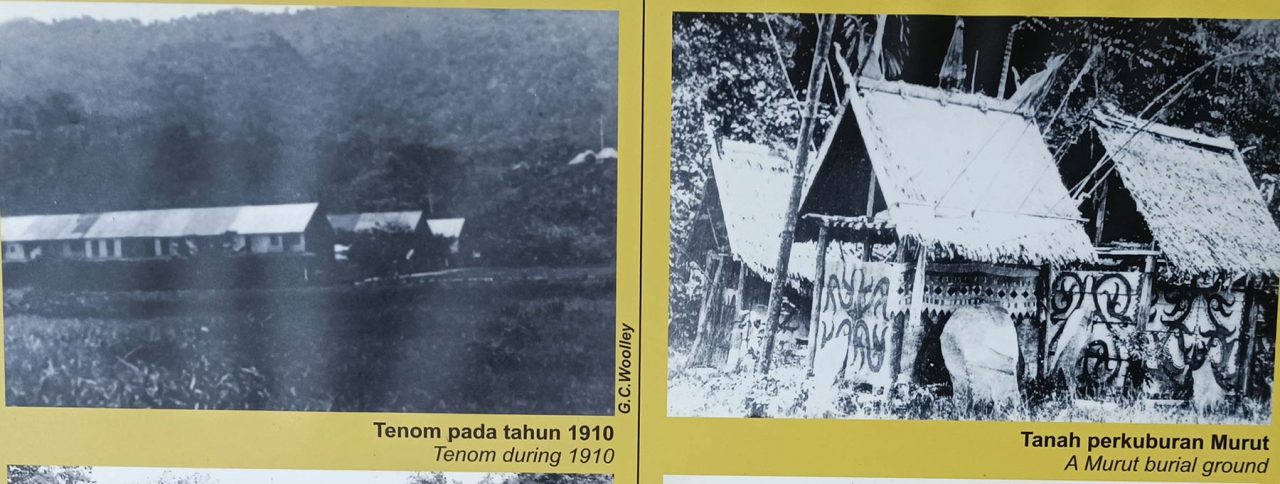
Therefore, a heavy duty transport was badly needed to ferry tons of products from the interior to Jesselton (now Kota Kinabalu City) about 150 Kilometres away, led to the completion of a 48-kilometer railway connecting Tenom to the coastal area’s main railway in 1905. However, improved accessibility triggered more conflicts between the white settlers and the Murut, former fearsome headhunters of Borneo, turning Tenom into one of Sabah’s most storied towns.
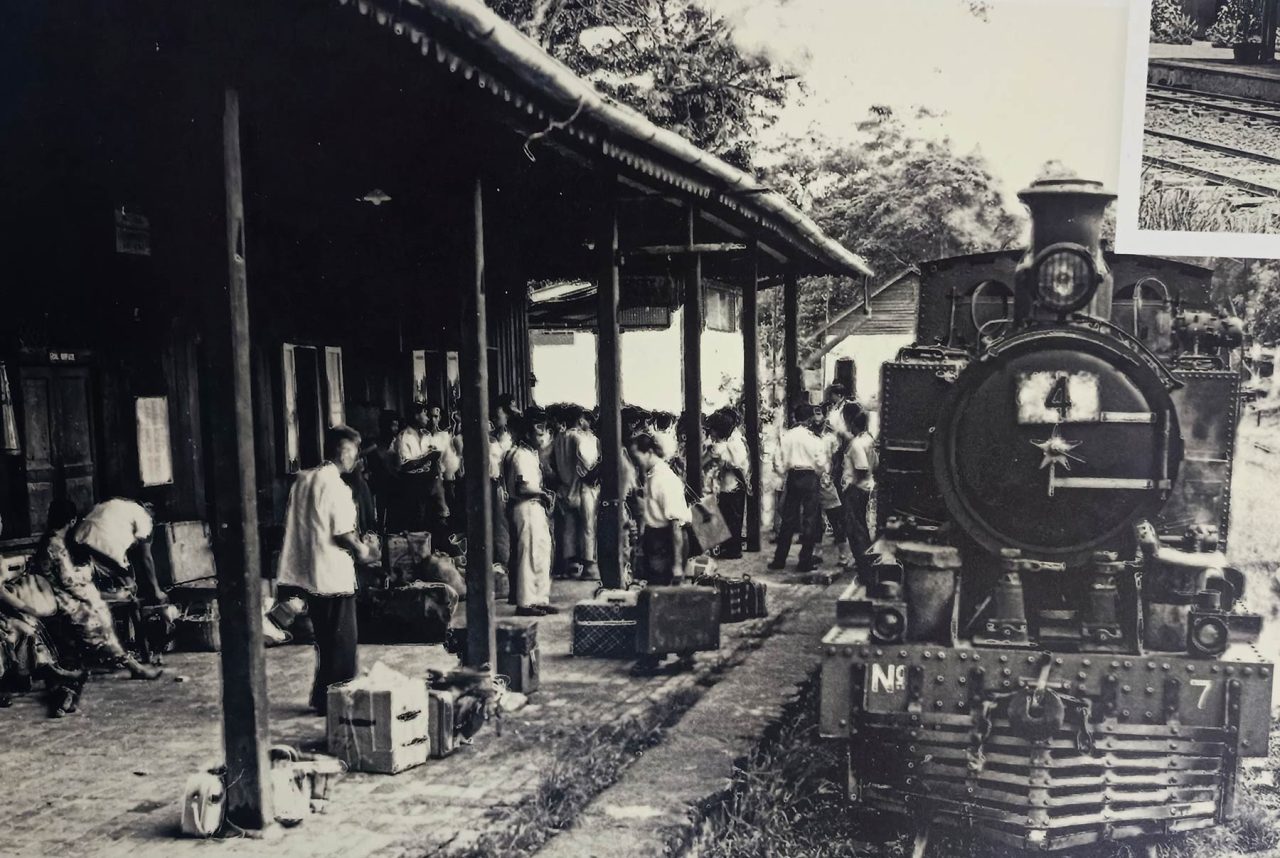
After you enjoy the popular Tenom dishes such as maize chicken and spring rolls, take a stroll through Tenom town. At the town center stands the Antanom Museum, named after Ontoros Antanom, the renowned Murut warrior. Functioning as a community museum, it features a small gallery showcasing the historical traces of the British, Murut, Chinese, and Japanese in Tenom.
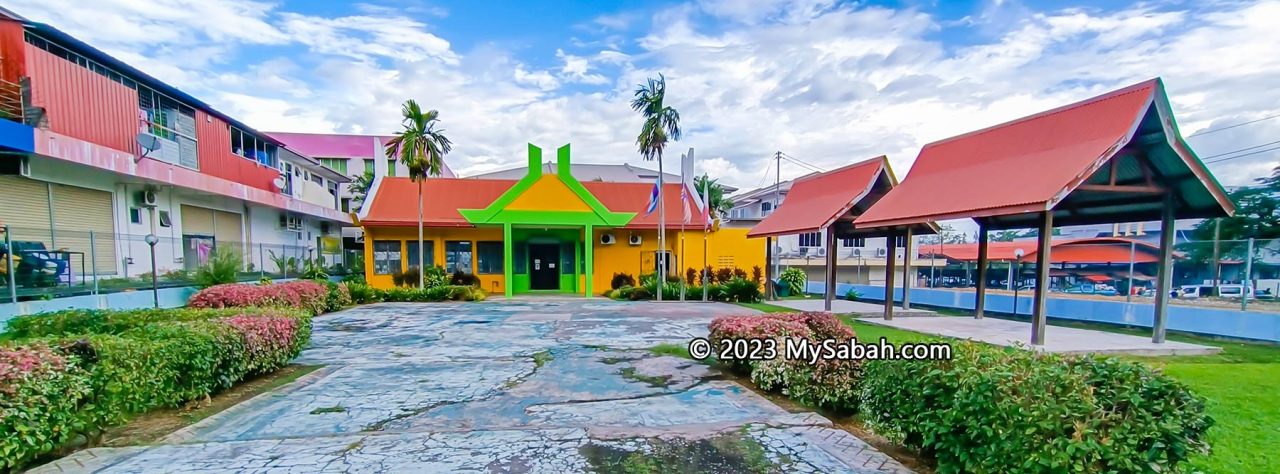
Established in 2009 on the grounds of a former European cemetery, the air-conditioned museum offers visitors a comfortable space to explore information and nostalgic photographs displayed on rows of exhibit panels. Most writings are accompanied by English translations.
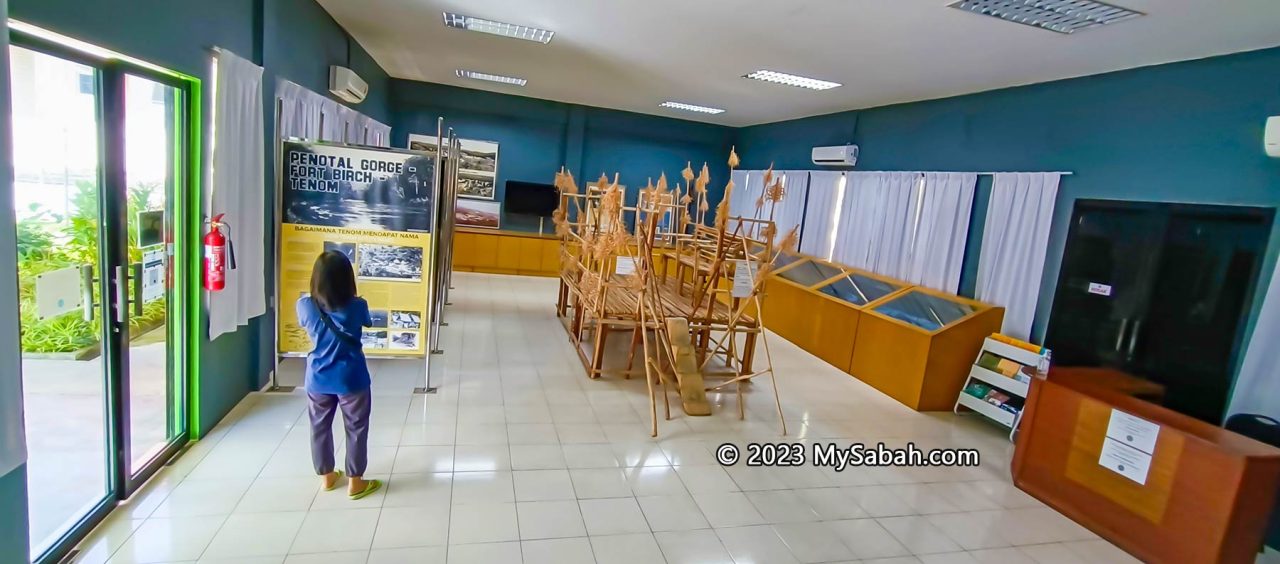
While the size of the museum hall is less than that of a basketball court, a casual browse takes around 30 minutes. However, for those deeply interested in detailed exploration, it may extend beyond an hour. The museum exhibits fall into five main categories.
1) History of North Borneo Railway
Learn about the legacy of the British colony in Sabah through the prominent railway network. The first railway in North Borneo began in 1886 near Weston, serving as Sabah’s economic lifeline. In 1905, Tenom joined the backbone railway of the more prosperous west coast, facilitating the transport of agriculture products.
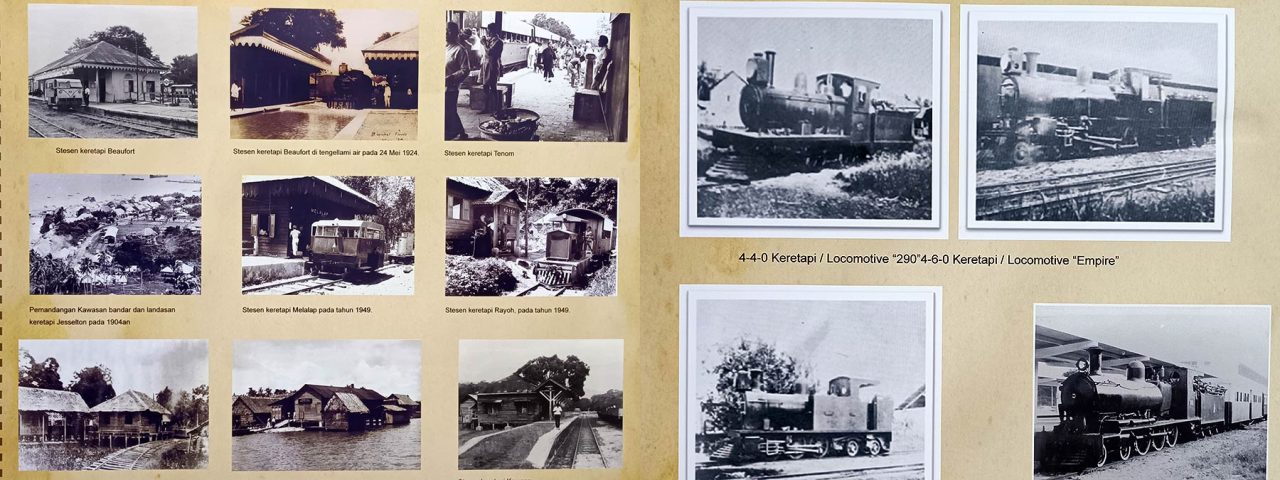
For the next 60 years, this railway was the only mean of transport from the interior to the west coast. Loads after loads of tobacco, coffee, soy beans, fruits and rubber were able to be delivered from Tenom to the port of Jesselton. Because the natives were exposed to the civilized west, they learnt to use money and dress more decently.
2) Down Memory Lane Tenom
Discover the evolution of Tenom, officially named in 1906. Before that, it was known as Fort Birch, named after Governor E.W. Birch (1901-1904). Some believe that Tenom was used to be an ancient lake, then Padas River cut a gorge that drained away the water, leaving behind nutrient-rich and moist alluvial soil that is perfect for planting.
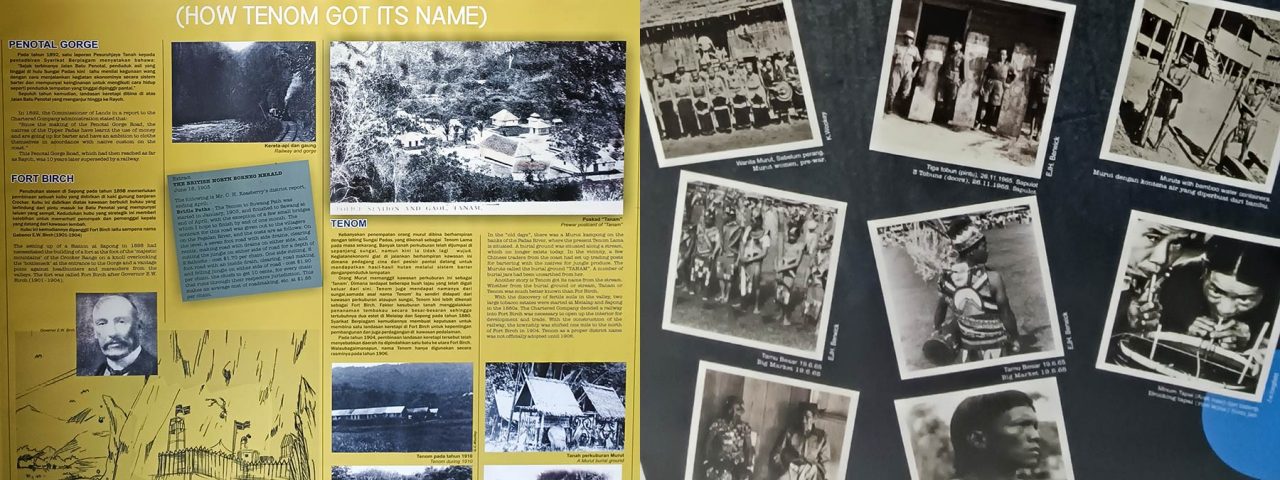
In 18th century, British, German and Dutch planters developed Tenom as a farming district. In 1915, 5,000 Chinese and 5,000 Javanese were imported as labours to work there. It’s a huge number, consider the population of North Borneo population that time was only 70,000. During World War II, Japanese built a military HQ in Tenom in early 1944, with 30,000 Japanese billeted in the estate.
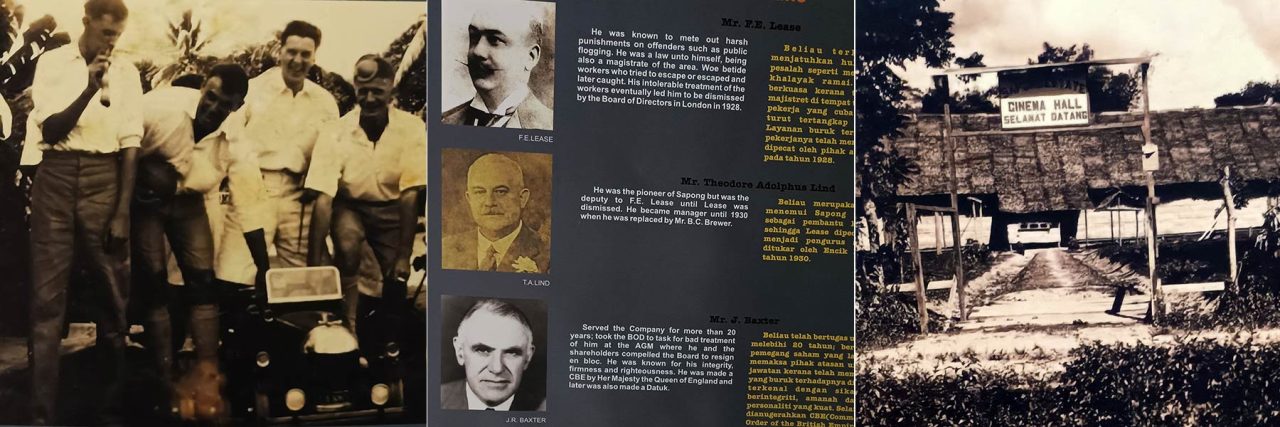
This section presents various aspects of Tenom’s history, covering people, landmarks, plantations, sports, festivals, old shoplots, and events.
3) Dark History of Headhunting
You want to be respected? You want a wife? If you were a Murut man more than 150 years ago, you must bring back the heads of the enemies to earn them. Before British government banned headhunting in 1883, owning many skulls was a status of bravery among Murut, who believed that by doing so, they would possess the power of the victims.
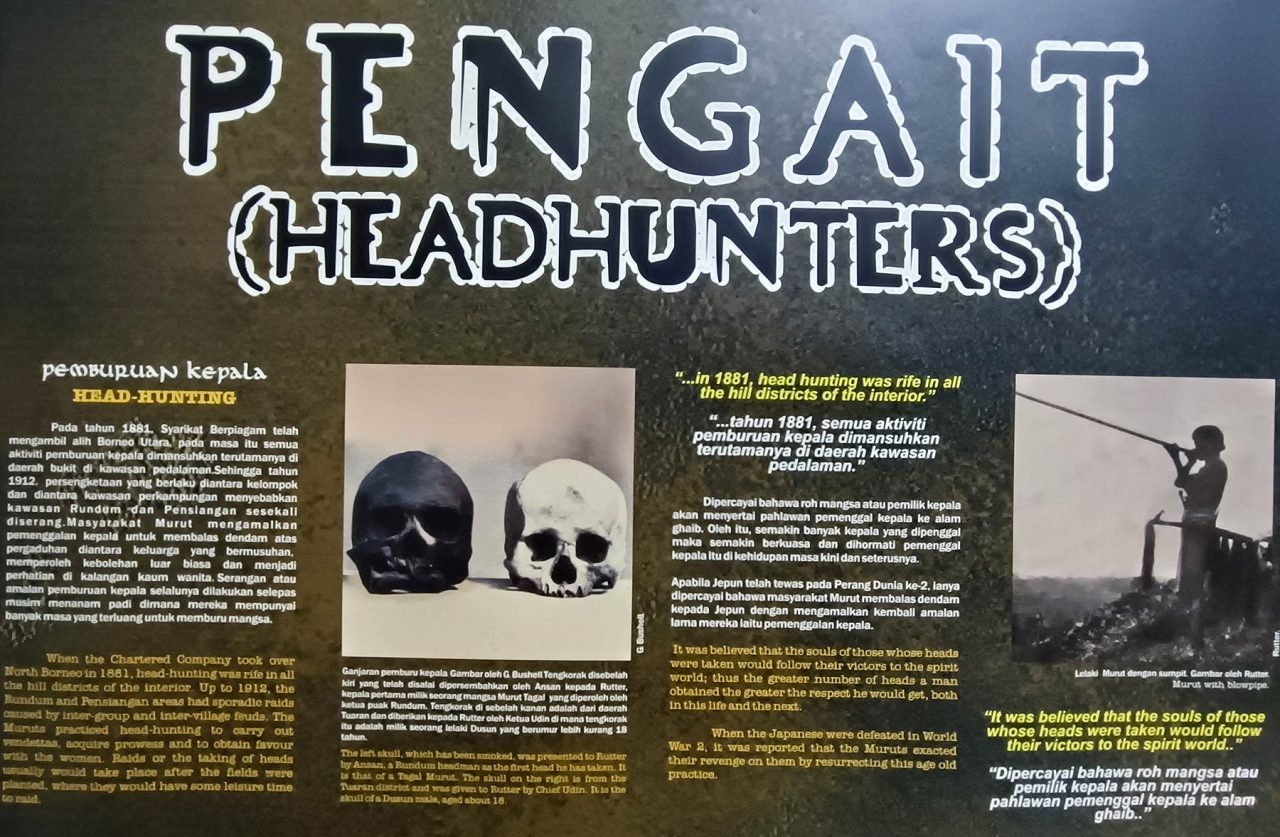
However, many natives still practiced headhunting even after the ban. They went headhunting when they needed sacrifice for a new bridge, house, or farmland. It’s cool that this museum has good collection of the photos of headhunters with their “trophies”.
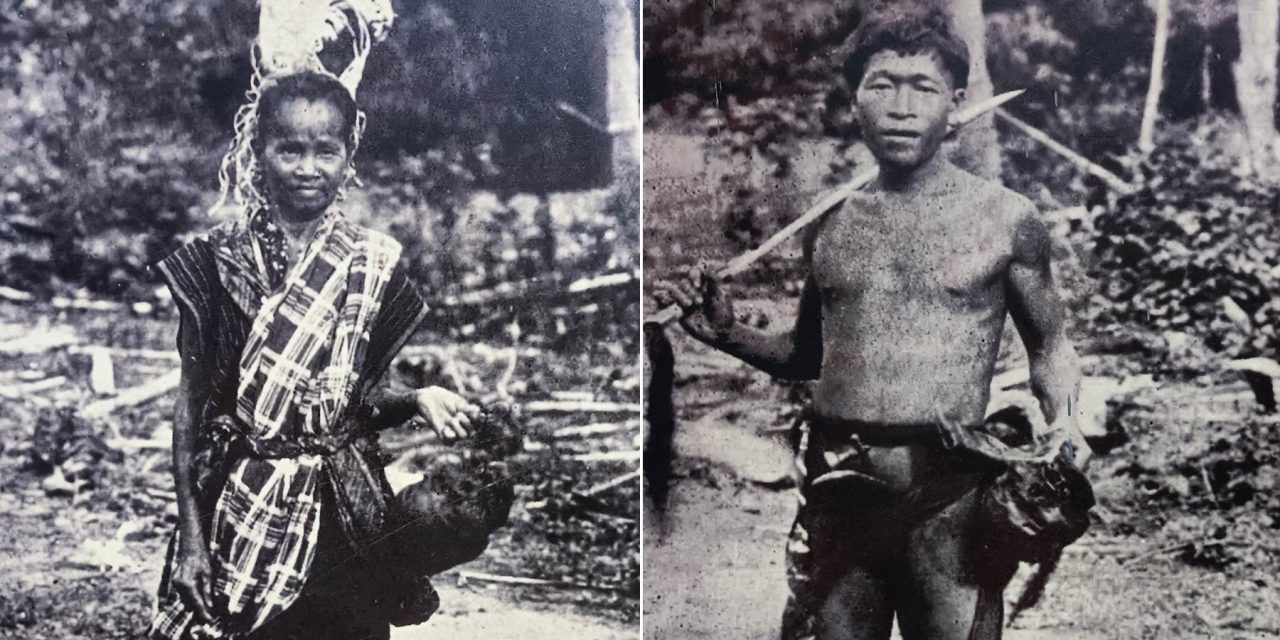
The gallery also highlights mysterious landmarks associated with headhunting and displays headhunting weapons such as swords, blowpipes, and poison darts.
4) Ontoros Antanom and Rundum Uprising
Explore Tenom as the stronghold of Muruts, the third largest indigenous group in Sabah. They were enraged by the meddlesome British who stepped into their land and imposed all sorts of laws and taxes that they never heard of, just to list some, poll tax, tapai (wine) tax, forest clearance tax, headhunting ban, and forced labour. These regulations affected the cores of their culture and livelihood.
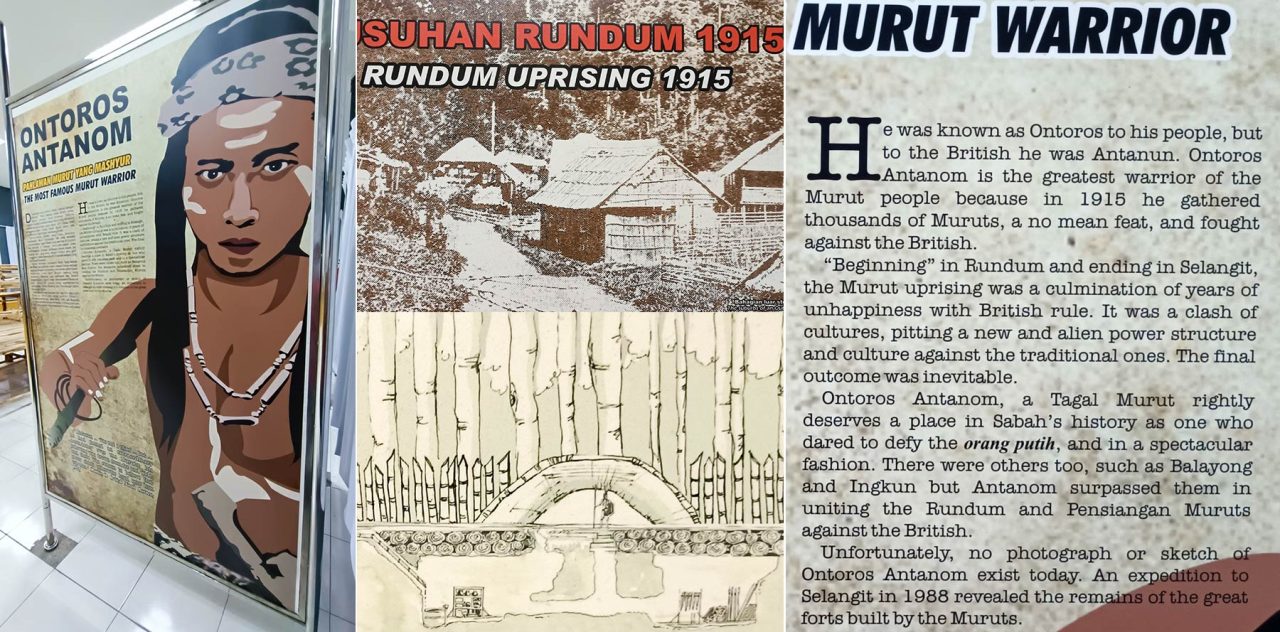
Under the leadership of Ontoros Antanom, thousands of Murut warriors from different tribes were united and attacked the British office in Rundum in Feb 1915. The rebellion lasted about two months until Antanom was captured and executed on 17 April on the same year. Rundum Uprising is one of the biggest battles in Sabah history. Though Antanom lost, he is honoured as the hero of Sabah, and his legend is being told in this museum.
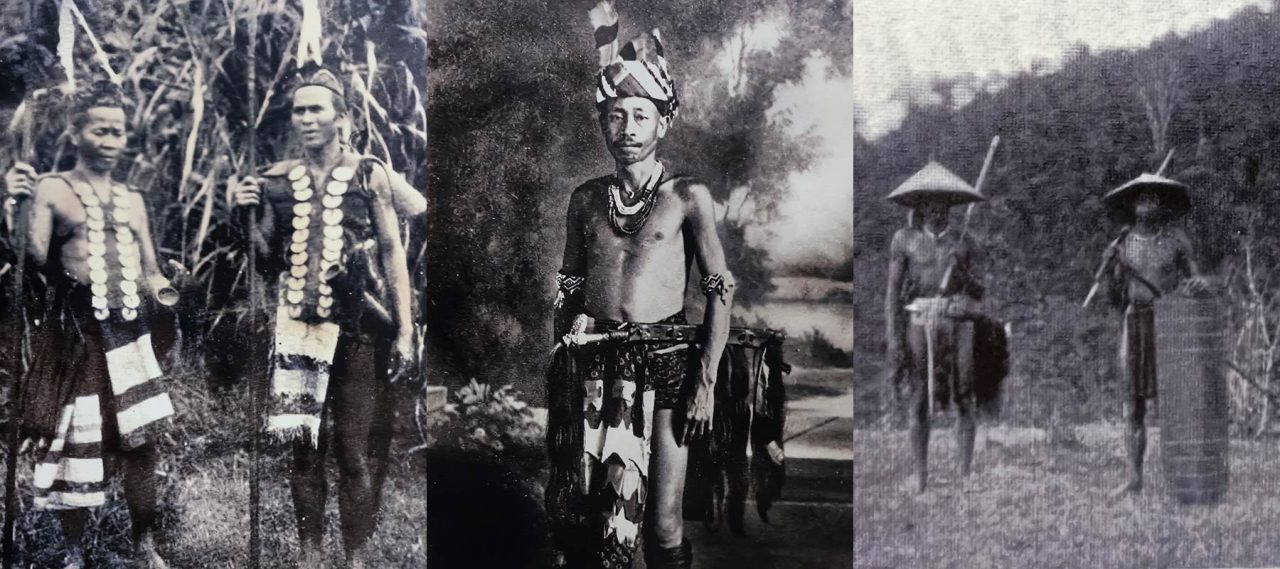
5) Artifacts and Handicrafts
In the middle of the hall is a wooden platform called Sangiang, the seats for wedding couple of Murut Tahol. Though it is made of from tikalis wood bound with rattan vines, the price of sitting on it is exorbitant, as the groom would need to pay his debt throughout his lifetime. In addition to bride price, the man needs to pay for the week-long feast.
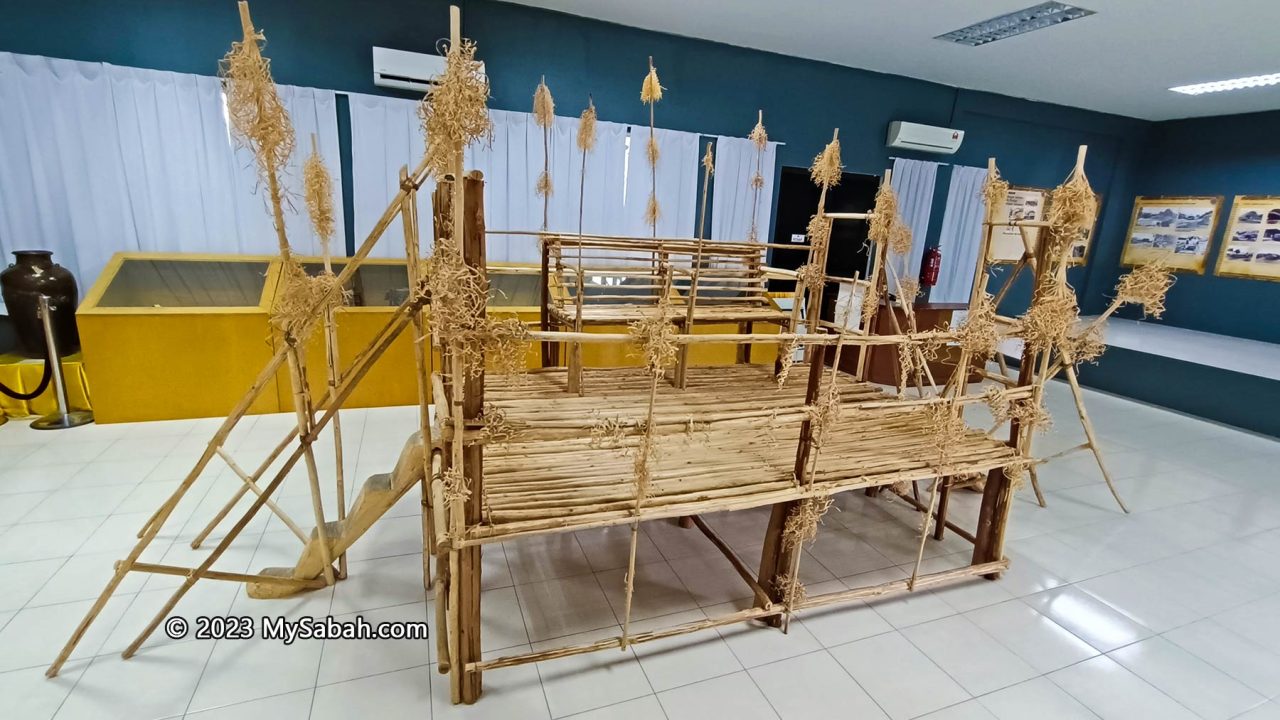
At a corner are some handicrafts and artifacts on display. Murut women are skillful in making handicrafts with intricate patterns and elaborative weaving from basic materials such as bamboo and rattan. Just spend some time to appreciate the basket, mats and hats they make. Intrigued by the headhunting stories? Check out the headhunting sword and blowpipe. The antique ceramic jar may look ordinary but it’s a highly priced heirloom in the past.

How to Get There
Antanom Museum is located in the town centre of Tenom (see Location Map) and highly accessible by asphalt road. It’s open from 9am to 5pm every day. The entrance is free.
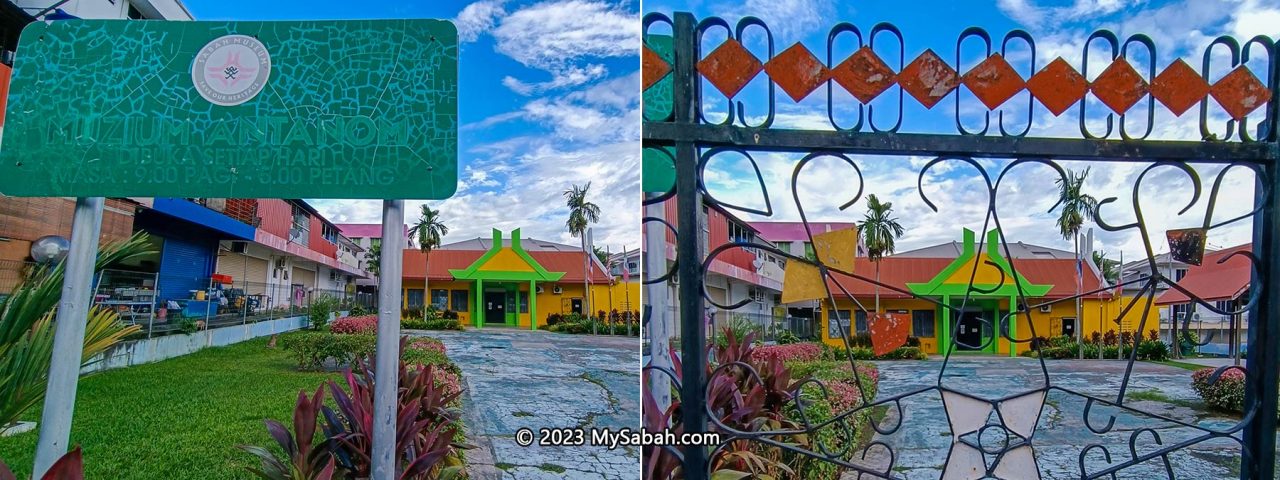
Tel: (+60) 087-339126
E-mail: Muzium.Sabah@sabah.gov.my
Facebook: @muzium.sabah.1
Website: museum.sabah.gov.my
Photos taken in Tenom, Sabah, Malaysia Borneo
